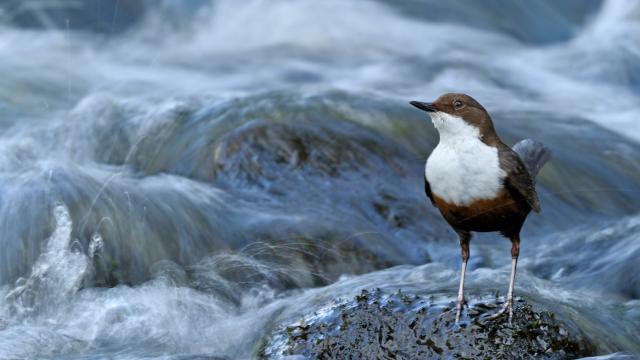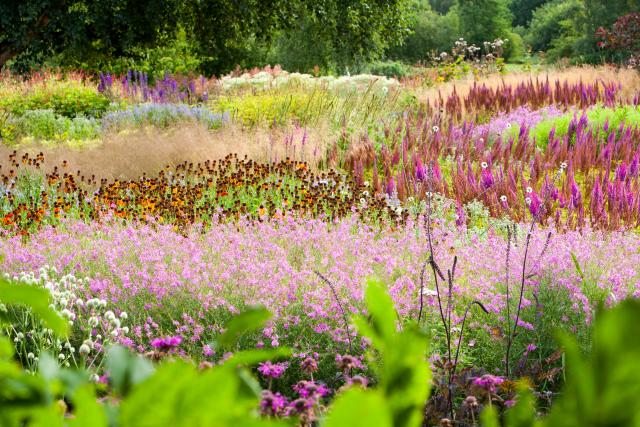
OUR NATURE NEEDS YOU
The UK is now one of the most nature-depleted countries in the world.
Meet seven of our much loved countryside visitors that we no longer see so often and take action to protect them.
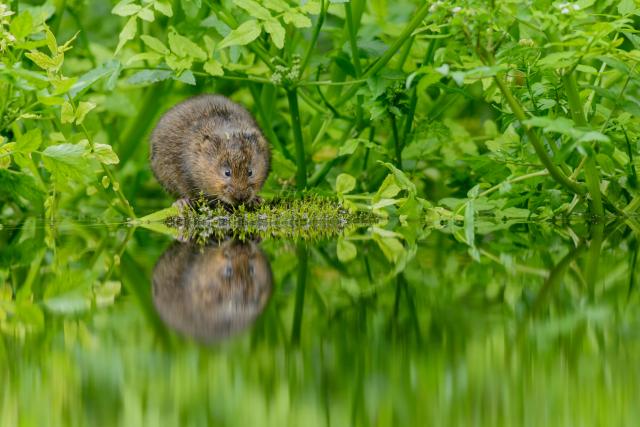
Water Vole
‘Ratty’ from the Wind in the Willows faces threats from agricultural intensification and habitat loss due to unsympathetic waterway management, as well as urbanisation and predation by mink.
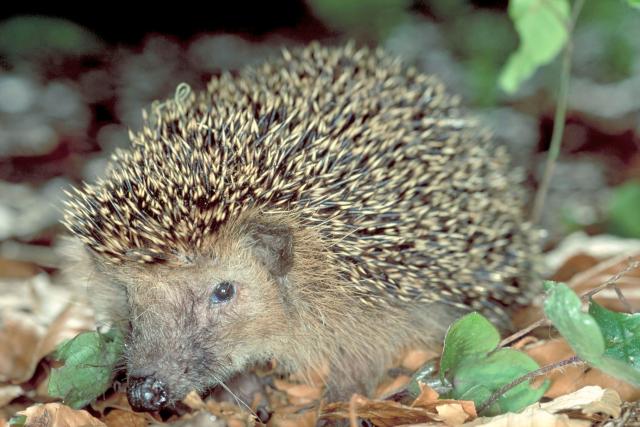
Hedgehog
Native hedgehog numbers have plummeted by at least half in the UK. Our beloved hedgehogs have declined massively in farmland, so sensitively managed wildlife-friendly gardens have now become increasingly important.
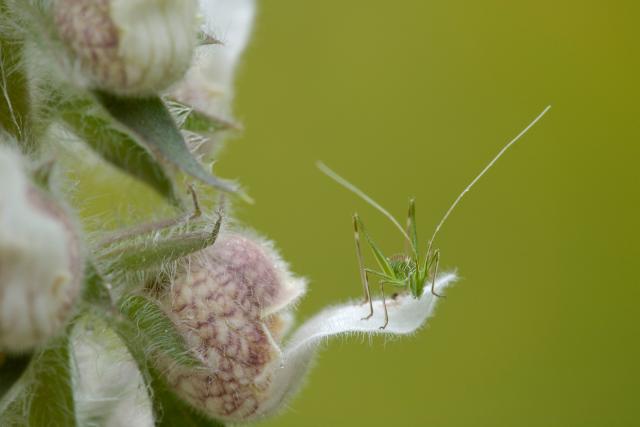
Grasshopper
Bogs, mires and fens have been drained, overgrazed and burned leading to declines in the presence of large marsh grasshoppers.
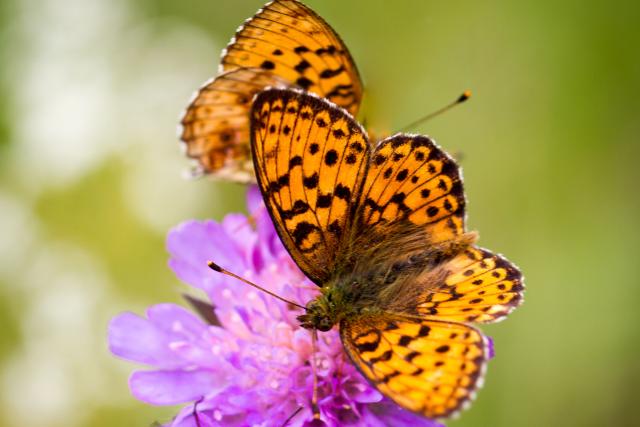
Butterfly
A reduction in the appropriate grazing of bracken-dominated habitats has contributed to the decline of the UK’s most threatened butterfly, the high brown fritillary.
Climate change is also thought to be responsible for the range contraction of the mountain ringlet butterfly: its range has shifted uphill by 150m in response to warmer temperatures.
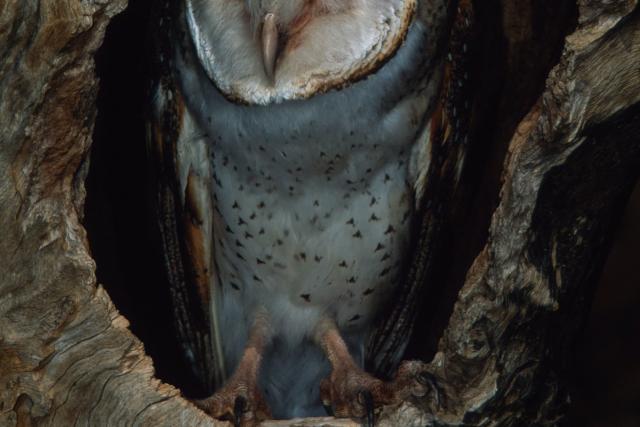
Barn Owl
The UK’s favourite farmland bird has suffered a 75% drop in its population since the 1930s because modern agricultural practices have wiped out huge numbers of their prey – mice and voles.
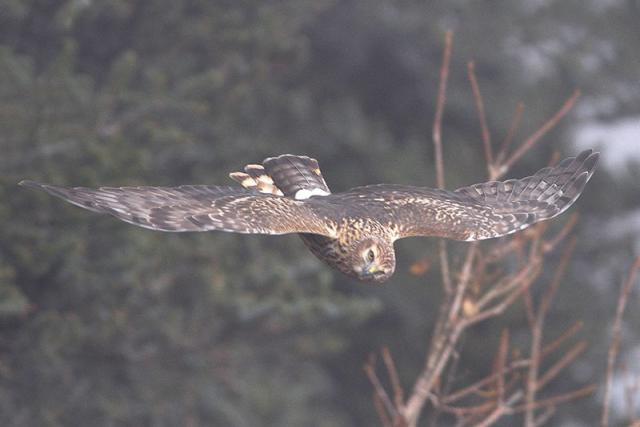
Hen Harrier
The UK population of heather moorland-loving hen harriers is extremely low - and in some areas close to extinction - due to illegal persecution associated with grouse moor management.
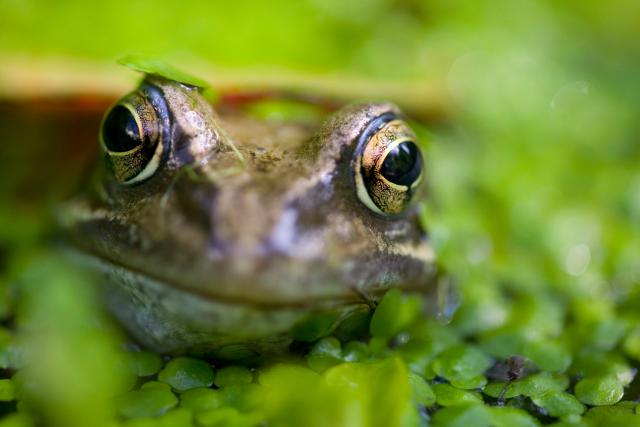
Common frog, natterjack and common toad
Common frog, common toad and natterjack toad populations have been reported as being in decline since the 1970s. The reasons for the decline in the common toad are similar to those affecting hedgehogs including habitat loss and fragmentation, pollution and climate change. Natterjack toads are now found almost exclusively in coastal dunes.
